
The history of cosmetics in ancient civilizations like Egypt, Greece, and Rome is an unwritten tale of beauty goods. These societies produced cosmetics and skincare items using organic components like honey, milk, and plants. While some of these goods were employed for ritualistic and religious functions, others were utilized in regular beautification rituals.
The history of colonialism and abuse in the beauty business is another unwritten tale about these items. Several cosmetics contain components that come from former colonies, such palm oil from Southeast Asia and cocoa butter from West Africa. These materials were frequently collected using unethical methods that damaged the environment.
The lack of diversity and inclusion in the beauty business has drawn criticism in recent years. Numerous corporations have come under fire for failing to represent racial minorities and for maintaining impossible beauty standards. With firms focusing ethical sourcing, cruelty-free products, and varied representation in their advertising, there has been a rising trend towards more inclusive and sustainable beauty habits.
Here, we'll look at various items with untold insider information.
ARROWS THAT ARE INTERLOCKED:
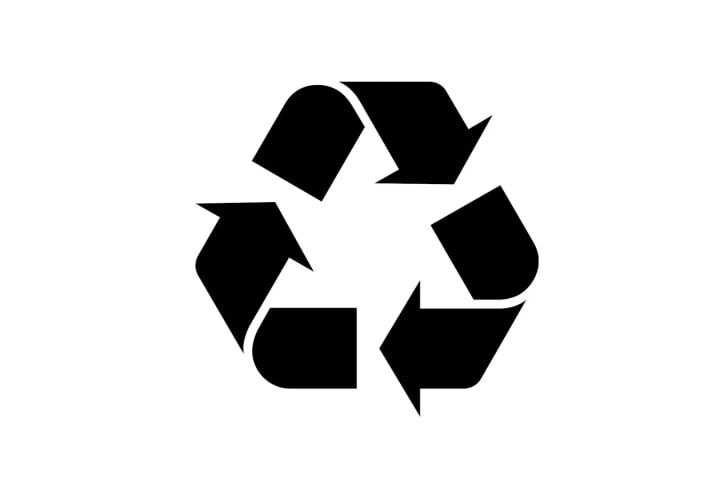
The presence of the green interlocking arrows symbol—which, to further confuse matters, is not always green—indicates that the product's producer has contributed money to European recycling services. That doesn't always indicate that the item is recyclable.
PAO (PERIOD AFTER OPENING):
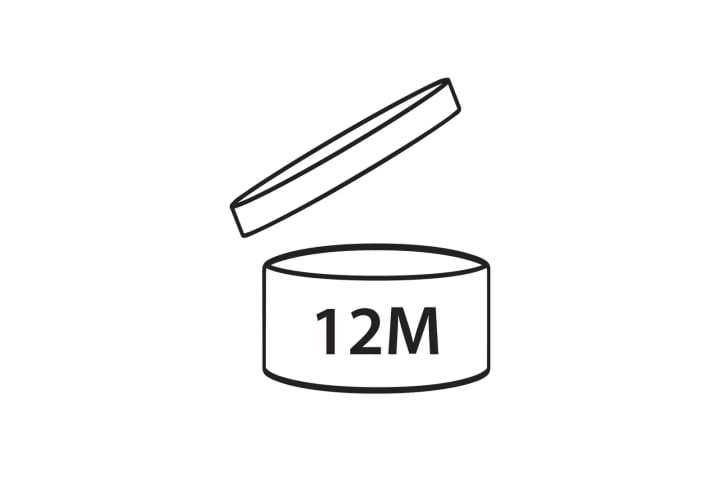
The sign represents the number of months the product may be used once it has been opened as an open jar with a number and "M" next to it. This tells you how long your item will be good for after opening and is displayed on all items having a shelf life of over 30 months.
CRUELTY FREE SYMBOL:
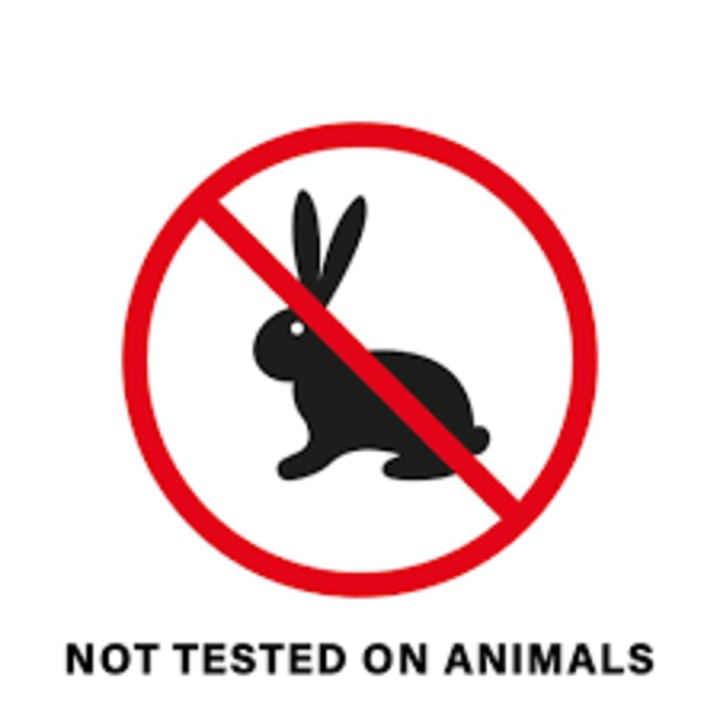
The phrase "cruelty-free" is commonly shown alongside an image of a bunny or other animal to signify that no animals were used in the product's testing.
VEGAN SYMBOL

A vegan product is one that has not been tested on animals and does not include any components sourced from animals. For customers who are dedicated to living a vegan lifestyle and want to be sure the items they buy are in line with their ideals, this sign is crucial. The term "vegan" or "cruelty-free" may also be used in place of the curved letter "V" in a circle in a green hue as the vegan emblem on cosmetics. The Vegan Society, PETA, Leaping Bunny, and Choose Cruelty-Free are some popular organizations that certify vegan and cruelty-free beauty goods.
ORGANIC SYMBOL:
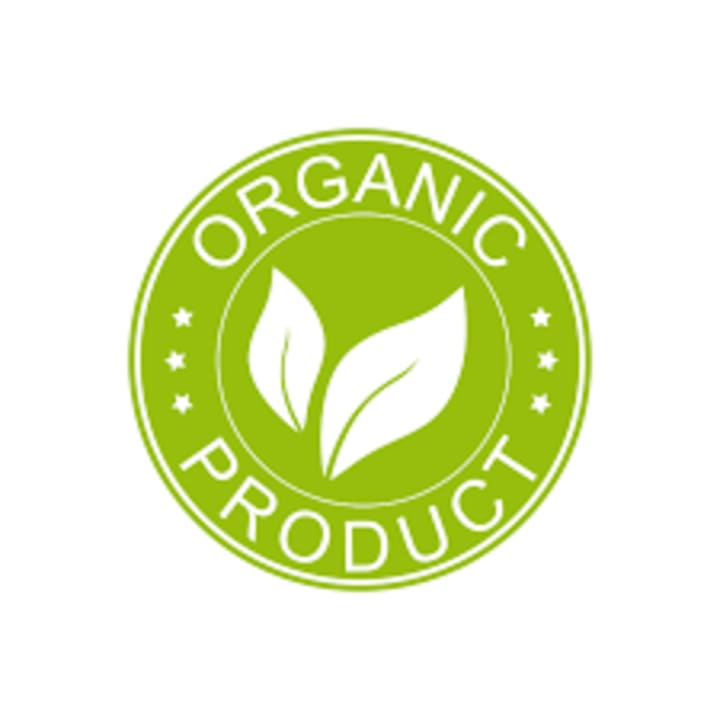
By using this sign, a product may be identified as organic, which means it wasn't made with synthetic pesticides, fertilizers, or other dangerous chemicals.
SPF(SUN PRODUCTION FACTOR):
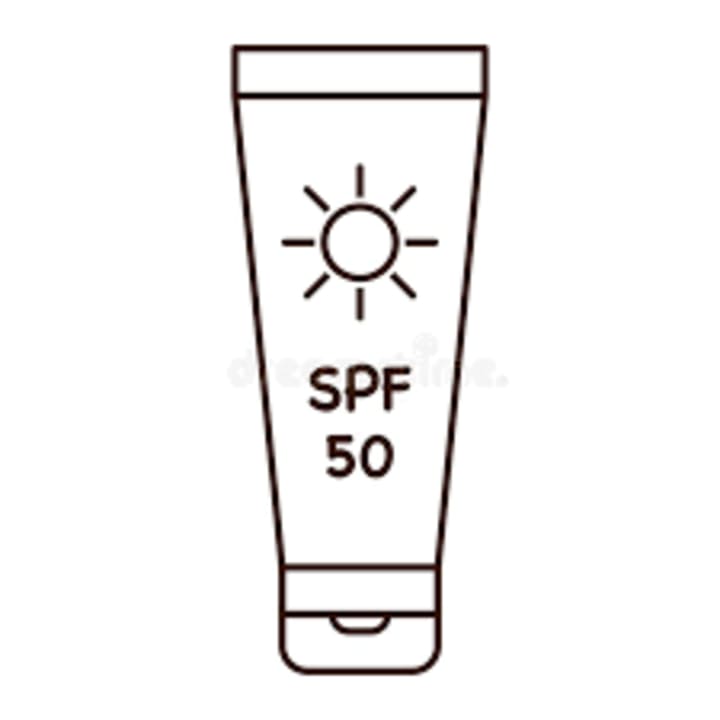
The SPF (Sun Protection Factor) sign denotes the presence of sunscreen and the ability of the product to block UV radiation from the sun. SPF 50 is a grade used to show how much protection against UVB rays, the kind of ultraviolet radiation that causes sunburn, accelerates the ageing process of the skin, and causes skin cancer, a sunscreen offers. SPF 30 sunscreen blocks around 97% of UVB rays, whereas an SPF 50 sunscreen blocks approximately 98%.
EXCLAMATION MARK:
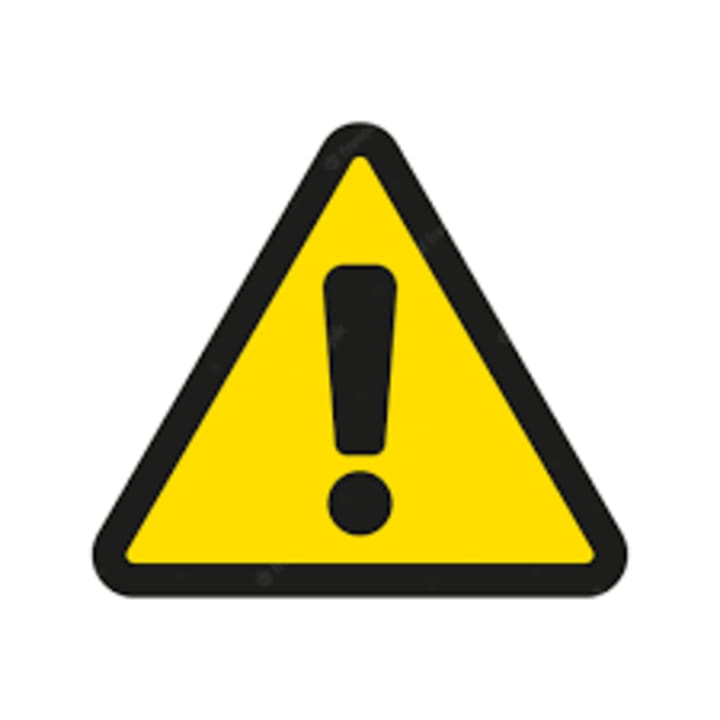
This symbol indicates that the product contains an irritant or allergen and should be used with caution. To demonstrate the intensity and efficiency of a skincare product in brightening the skin, an exclamation mark may be used on the package of a product with a high concentration of vitamin C. Similar to how a shampoo with great hydration for dry hair may contain an exclamation point to show its hydrating qualities. It's crucial to remember that just because a cosmetic product has an exclamation point doesn't guarantee it's better or more effective than other options available on the market.
ECO CERT:
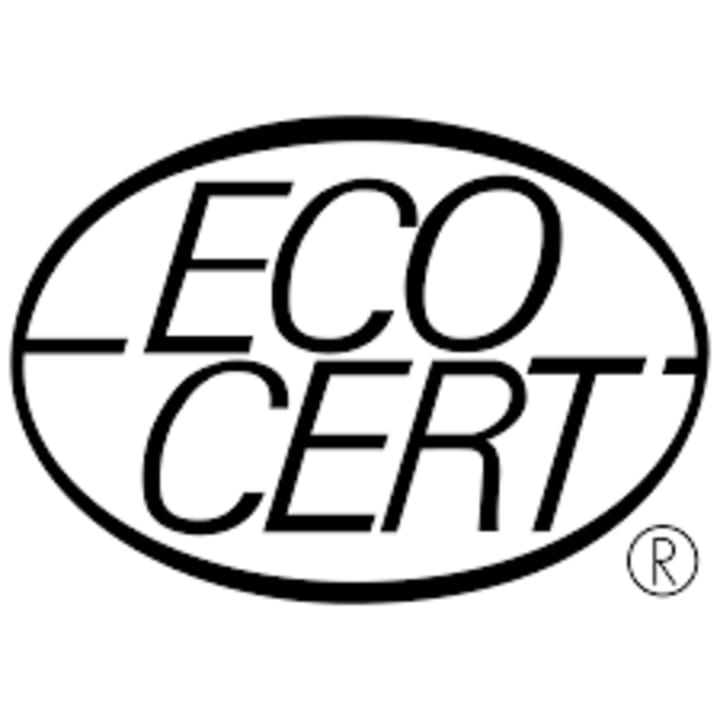
A certification organization called ECOCERT offers services for natural and organic certification for textiles, cosmetics, and agricultural products. The ECOCERT mark signifies that the item has met the organization's strict criteria for certification as organic or natural.
FAIR TRADE CERTIFICATE:
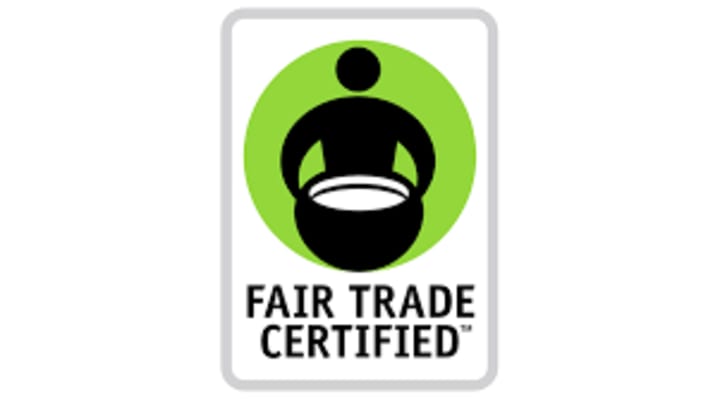
Beauty items can also be certified as Fair Trade, especially if they use components from underdeveloped nations. Customers may enjoy high-quality beauty products and contribute to a system that prioritises social responsibility and environmental sustainability by selecting Fair Trade certified beauty goods. It's crucial to remember that not all cosmetics are recognised as Fair Trade, therefore customers who want to buy certified Fair Trade cosmetics can seek for the Fair Trade logo on the product box or conduct some research to locate companies that value responsible and environmentally friendly sourcing methods.
About the Creator
Enjoyed the story? Support the Creator.
Subscribe for free to receive all their stories in your feed. You could also pledge your support or give them a one-off tip, letting them know you appreciate their work.



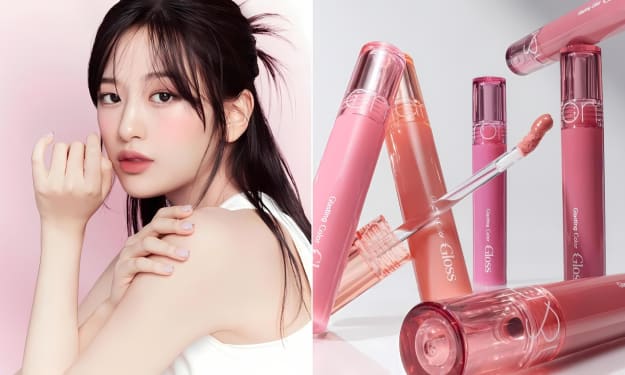


Comments
There are no comments for this story
Be the first to respond and start the conversation.